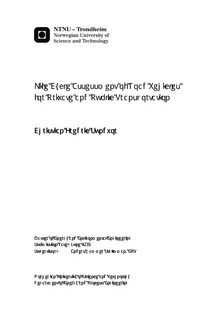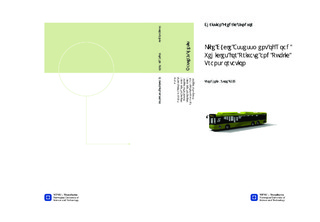| dc.contributor.advisor | Strømman, Anders Hammer | nb_NO |
| dc.contributor.author | Sundvor, Christian Fredric | nb_NO |
| dc.date.accessioned | 2014-12-19T13:54:34Z | |
| dc.date.available | 2014-12-19T13:54:34Z | |
| dc.date.created | 2013-10-08 | nb_NO |
| dc.date.issued | 2013 | nb_NO |
| dc.identifier | 654865 | nb_NO |
| dc.identifier | ntnudaim:9228 | nb_NO |
| dc.identifier.uri | http://hdl.handle.net/11250/257669 | |
| dc.description.abstract | Ever increasing prosperity and global civilization heralds an increasing demand for communication and transport. The transport sector alone accounts for one quarter of global human greenhouse gas emissions. In the transport sector, road transport alone is responsible for 70%. To help mitigate these emissions, people are advised to take advantage of public transportation systems, on the argument that public transit is more environmentally friendly than private transport. To assess the environmental benefits of public transit contra private transport, a process life cycle analysis is performed on three private vehicles and three transit vehicles. The private vehicles are composed of a Sports Utility Vehicle (SUV), a hatchback family car and a smaller subcompact car. The transit buses consist of two intercity buses with different motors: one bus powered by diesel and one powered by compressed natural gas. A third bus, a long distance diesel coach, is also analyzed.The results from the LCA are addressed and the emissions associated with the passenger kilometres travelled are benchmarked and analyzed. | nb_NO |
| dc.language | eng | nb_NO |
| dc.publisher | Institutt for energi- og prosessteknikk | nb_NO |
| dc.title | Life Cycle Assessment of Road Vehicles for Private and Public Transportation | nb_NO |
| dc.type | Master thesis | nb_NO |
| dc.source.pagenumber | 71 | nb_NO |
| dc.contributor.department | Norges teknisk-naturvitenskapelige universitet, Fakultet for informasjonsteknologi, matematikk og elektroteknikk, Institutt for elkraftteknikk | nb_NO |

